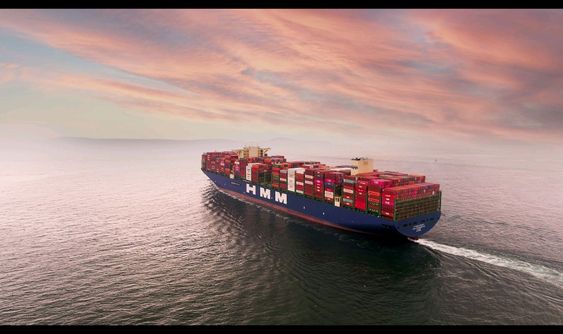Arranging multi-modal transport to France combines different shipping methods for efficient freight movement. Understanding how to arrange multi-modal transport to France helps shippers optimize costs, reduce transit times, and enhance flexibility. Here’s a step-by-step approach to navigate this complex process.
1. Assess Your Cargo Needs
Volume and Weight
Evaluate the quantity and weight of your goods. Larger volumes may favor sea freight initially, while smaller consignments could start with air or road transport.
Fragility and Urgency
Classify items by fragility and delivery deadlines. Delicate or time-sensitive products might require air freight for the initial leg and road transport for final delivery.
2. Research Available Transport Modes
Sea Freight
Consider major French ports like Le Havre or Marseille. Sea freight is cost-effective for large volumes but has longer transit times.
Air Freight
Airports such as Charles de Gaulle offer fast transit. Ideal for urgent or high-value shipments.
Road and Rail
Road transport provides door-to-door flexibility, while rail is efficient for inland connections within Europe.
3. Select a Reliable Freight Forwarder
Experience and Network
Look for forwarders with a strong presence in China and France. Their network should cover all chosen transport modes.
Service Offerings
Ensure they handle documentation, customs clearance, and seamless mode transitions.
4. Plan the Transport Route
Transit Points
Identify optimal transshipment locations. For example, Rotterdam could serve as a key hub for sea-to-rail transfers to France.
Connectivity
Check for regular schedules and availability of connections between different modes.
5. Manage Documentation
Standard Documents
Prepare bills of lading, commercial invoices, and certificates of origin. Each mode may have specific requirements.
Mode-Specific Forms
For rail transport, complete CIM (International Convention Concerning the Carriage of Goods by Rail) documents, and for sea freight, ensure accurate container manifests.
6. Coordinate with Stakeholders
Carriers
Maintain clear communication with shipping lines, airlines, and trucking companies. Confirm schedules and any special handling needs.
Local Partners
In France, collaborate with agents for smooth last-mile delivery and customs formalities.
7. Monitor and Optimize
Real-Time Tracking
Use digital platforms to monitor your shipment’s progress across different modes.
Performance Analysis
After each shipment, evaluate transit times, costs, and any issues to refine future arrangements.
In conclusion, mastering how to arrange multi-modal transport to France involves assessing cargo needs, researching modes, choosing a forwarder, planning routes, managing documents, coordinating stakeholders, and continuous monitoring. By following these steps, you can achieve efficient and cost-effective freight solutions. For additional insights, companies like China Top Freight can offer industry expertise.Utilize China Top Freight to help solve the problems you are facing. Contact us today to embark on your smooth transportation journey!


